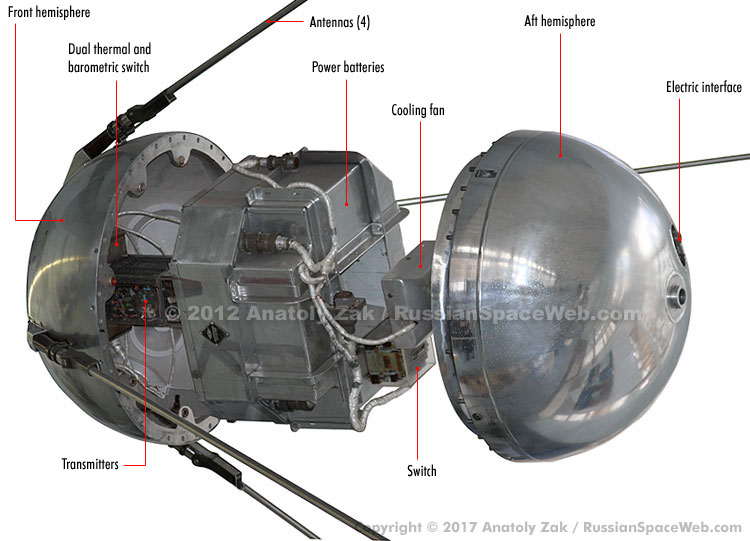Blog 9
Jacob Burton
6/3/17
Desma 9
Blog 9 Space + Art


"R7 Launch Pad "Sputnik" 1/144." LVM Studios. N.p., n.d. Web. 05 June 2017.
6/3/17
Desma 9
Blog 9 Space + Art
This week I was able to explore through these lectures the final frontier, space. In the first video, it described the powers of 10 and the relative size of things in the universe and the effect of adding another zero. It has always been extremely fascinating to me. I can't even imagine the size and the distance differences between different planets, stars, solar systems, and other space objects. It just goes to show how small we really are in the universe. This video also described how as the powers of 10 increase the farther upward into space we travel. In the first lecture, she described how ancient astronomers named the planets based on greek gods. In the second lecture, she described how contemporary space development started after World War II after the first atomic bomb was tested at a site called Trinity. After this test, and after we dropped two Nuclear bombs on Japan to end the war, the russians began development on their own atomic bombs. Once when they were able to create them, this started the arms race. To even further the tension and competition between the U.S. and the Soviet Union, both countries turned to space to try to better the other. The Russians beat the U.S. to it by sending the first man-made satellite to outer space. This satellite was sent out on October 4th, 1957 and was called Sputnik. Sputnik was sealed ball shaped container with the diameter of 580 millimeters. This device was no larger than a beach ball and it sent pointless signals back to earth while its polished body was able to be seen by the naked eye. This satellite also had a remote switch, a thermal system fan, a barometric switch, along with a few other contraptions. This device was mainly sent up there however, to beat the U.S. in the first contest of the "space race". After this was sent into space, it set off the government's propaganda to the public that we need to beat the Soviets in the Space Race as well as the arms race. Overall, it was most likely better that they were able to send it first, because that gave the U.S. more motivation to beat the Russians in
every way possible including putting a man on the moon first.
"Satellite." PUNS BLOG. N.p., 05 Oct. 2014. Web. 05 June 2017.

Sputnik Design. N.p., n.d. Web. 05 June 2017.

"R7 Launch Pad "Sputnik" 1/144." LVM Studios. N.p., n.d. Web. 05 June 2017.
Sputnik Design. N.p., n.d. Web. 05 June 2017.
NASA. NASA, n.d. Web. 05 June 2017.
Staff, SPACE.com. "Sputnik 1, Earth's First Artificial Satellite (Photos)." Space.com. N.p., n.d. Web. 05 June 2017.
The Editors of Encyclopædia Britannica. "Sputnik." Encyclopædia Britannica. Encyclopædia Britannica, Inc., 05 Apr. 2017. Web. 05 June 2017.
"Sputnik Launched." History.com. A&E Television Networks, n.d. Web. 05 June 2017.

Hi, I really agree with you on how amazing the movie on the power of 10 is. It not only shows us how small we are relative to the universe, but also how complicated we are relative to atoms and molecules. While space explorations are guiding people to know more about the large end of the spectrum, nanotechnologies will promote understanding of particles at the smaller end of the spectrum. Therefore, the movie is a good example of how different units in our class and how various subjects of sciences are interconnected. In addition, the scale can also be considered in terms of time rather than length. For example, we have witnessed such a short time compared to how long the universe has been existing, but we have a long life compared to cells in our bodies.
ReplyDelete